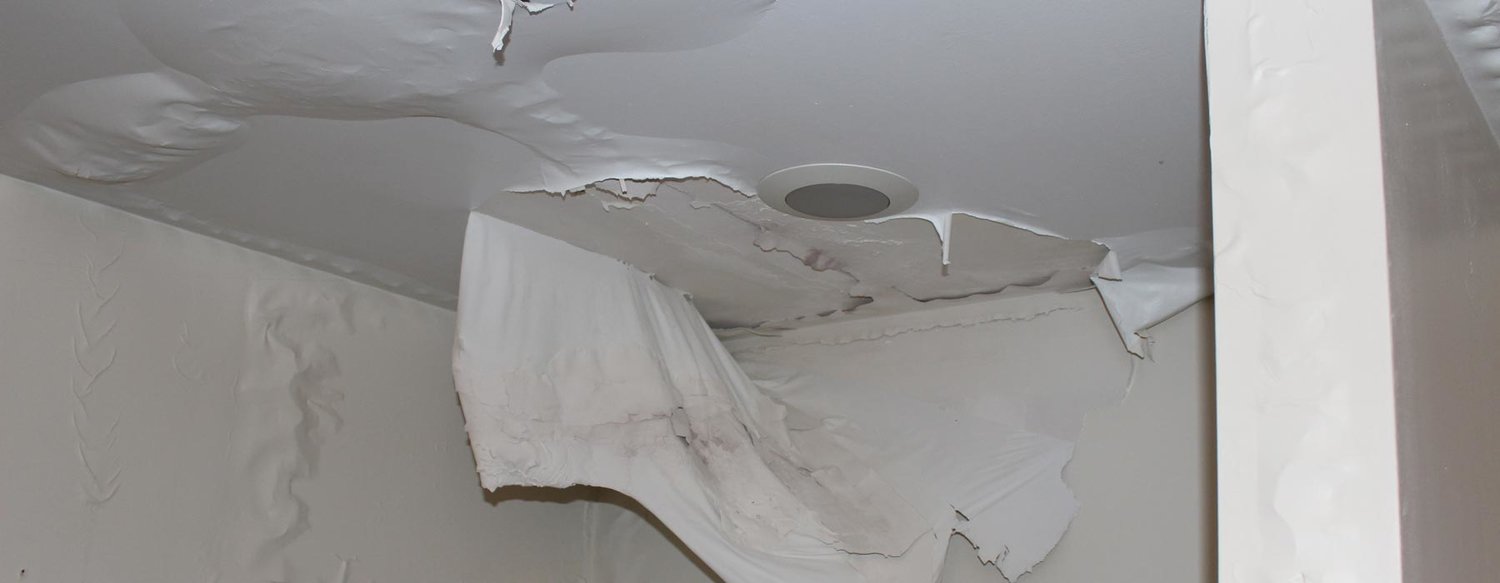Do's & Don'ts of Water Damages.
Do's & Don'ts of Water Damages.
Blog Article
Have you been interested in help and advice about Fire And Water Damage Prevention?

Water gives life, water invasion on components where it's not expected to be can result in damage. Homes with water damage smell old and moldy.
Water can originate from lots of sources such as tropical cyclones, floods, burst pipelines, leaks, and drain concerns. In case you experience water damage, it would be excellent to recognize some safety and security preventative measures. Right here are a few guidelines on exactly how to handle water damage.
Do Prioritize House Insurance Policy Protection
Water damages from flood because of heavy winds is seasonal. Nonetheless, you can additionally experience an abrupt flooding when a malfunctioning pipe all of a sudden ruptures into your residence. It would be best to have home insurance that covers both acts of God such as all-natural catastrophes, as well as emergencies like broken plumbing.
Don't Forget to Switch Off Energies
In the event of a disaster, specifically if you reside in a flood-prone location, it would certainly be a good idea to shut off the main electric circuit. This removes power to your whole house, preventing electric shocks when water comes in as it is a conductor. Moreover, don't neglect to shut off the primary water line valve. Furniture will move about and also cause damages when floodwaters are high. Having the main valve turned off protects against more damage.
Do Remain Proactive as well as Heed Climate Signals
Pay attention to emptying cautions if you live near a lake, creek, or river . Doing so minimizes possible residential property damage.
Don't Ignore the Roof
You can prevent rainfall damages if there are no holes and leaks in your roof covering. This will stop water from streaming down your walls and saturating your ceiling.
Do Focus On Little Leaks
A ruptured pipeline does not occur overnight. Typically, there are red flags that show you have actually damaged pipes in your home. For example, you might observe gurgling paint, peeling wallpaper, water touches, water spots, or dripping audios behind the walls. Eventually, this pipeline will certainly break. Ideally, you need to not wait for points to rise. Have your plumbing fixed prior to it leads to massive damages.
Do Not Panic in Case of a Burst Pipeline
When it comes to water damages, timing is crucial. Thus, if a pipe bursts in your house, instantly shut off your primary water shutoff to cut off the source. Call a trusted water damage restoration specialist for aid.
Water provides life, water invasion on components where it's not supposed to be can result in damage. Residences with water damages smell old and stuffy.
Water damages from flood dues to heavy winds is seasonal. You may notice gurgling paint, peeling off wallpaper, water touches, water spots, or dripping sounds behind the walls. When it comes to water damages, timing is essential.
Water Damage Do and Don'ts
Water damage at your home or commercial property is a serious problem. You will need assistance from a professional plumber and a water damage restoration agency to get things back in order. While you are waiting for help to arrive, however, there are some things you should do to make the situation better. Likewise, there are things you absolutely shoud not do because they will only make things worse.
DO these things to improve your situation
Get some ventilation going. Open up your doors, your windows, your cabinets – everything. Don’t let anything remain closed. Your aim here is to expose as much surface area to air as possible in order to quicken the drying out process. Use fans if you have them, but only if they’re plugged into a part of the house that’s not currently underwater.
Remove as much standing water as you can. Do this by using mops, sponges and clean white towels. However, it’s important that you don’t push or wipe the water. Simply use blotting motions to soak it up. Wiping or pushing could result in the water getting pushed deeper into your home or carpeting and increasing your problem.
Turn off the power to the soaked areas. You will want to remove the danger of electrocution from the water-logged area to do some cleaning and to help the plumber and the restoration agents do their work.
Move any furniture and belongings from the affected room to a safe and dry area. Taking your possessions to a dry place will make it easier to decide which need restoring and repair. It will also prevent your belongings from being exposed to further moisture.
DON’T do any of these things for any reason
Don’t use your vacuum cleaner to suck up the water. This will not only get you electrocuted, but will also severely damage your vacuum cleaner. Use manual means of water removal, like with mops and pails.
Don’t use newspaper to soak up the water. The ink they use for newsprint runs and transfers very easily, which could then stain carpet and tile with hard-to-remove stains.
Don’t disturb mold. This is especially true if you spot a severe growth. Leave the mold remediation efforts to the professionals. Attempting to clean it yourself could mean exposing yourself to the harmful health effects of mold. Worse, you could inadvertently spread it to other areas of the house.
Don’t turn on your HVAC system until given approval from the restoration agency. Turning your HVAC system on before everything has been cleaned could spread moisture and mold all over the house.
https://www.dreyersdki.com/about-us/blog/water-damage-do-and-donts

I am just very drawn to 5 Home Safety Tips To Reduce The Risk Of Fire And Water Damage and I am hoping you liked the entire blog entry. Loved our blog? Please share it. Help other people find it. Thank you so much for taking the time to read it.
Report this page